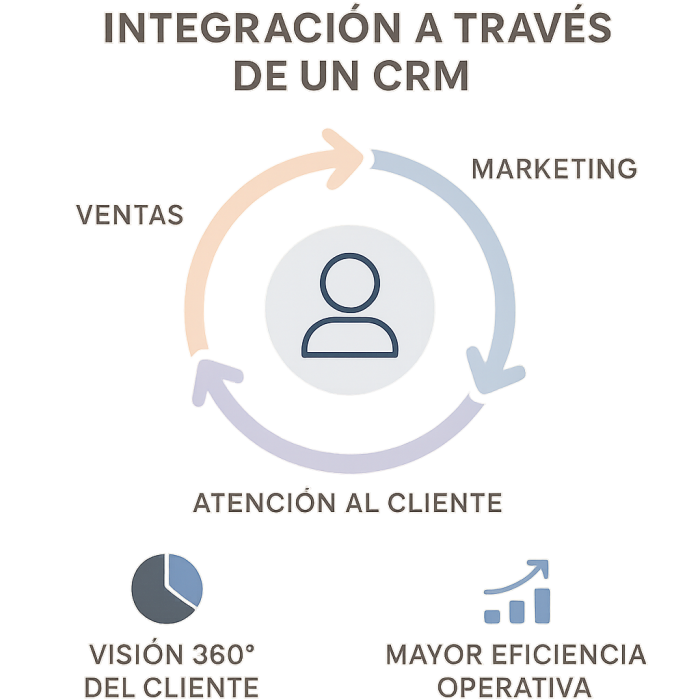How to Automate Customer Follow-Up in a Modern CRM: Advantages, Steps, and Recommendations Automating customer follow-up is one of the most disruptive and efficient features that modern Customer Management and CRM systems have brought to entrepreneurs, SMEs, and industries. Automation means that repetitive and key tasks—such as sending reminders, post-sales emails, or status updates—are executed accurately with minimal human intervention, freeing up time and avoiding costly errors. Table of Contents 1. Advantages of automating customer follow-up 2. Key steps to implement automation in your CRM 3. Recommendations and best practices to avoid failures in the process 4. Conclusions: the essentials for SMEs and entrepreneurs Advantages of automating customer follow-up
- Operational efficiency: Reduce time and ensure that no opportunity goes unattended.
- Improve customer experience: Users receive timely responses and communications that increase their satisfaction.
- Reduction of human errors: Minimize forgetfulness and failures when updating or contacting customers.
- Increased conversions: Personalized, scheduled follow-up improves closing rates.
- Measurement and control: Facilitates monitoring of results at each stage of the funnel.
- Define the tracking points: Identify which phases of the customer lifecycle require scheduled contact and which messages you will automate.
- Select the appropriate tool: Evaluate CRM solutions with automation modules that fit your needs and contact volume.
- Create clear workflows: Establishes logical rules so that the system sends the correct messages based on the client's action or inaction.
- Personalize messages: Make sure each automation includes contextual data (name, purchase history, relevant date).
- Test and adjust: Launch pilot tests and fine-tune the process based on real-world results and feedback.
- Don't overload with messages: Excessive automated communications can be perceived as spam.
- Periodically review workflows and templates to adjust them to real trends and needs.
- Empower your team to intervene at key or exceptional points where the human factor makes the difference.
- Use CRM's built-in analytics to identify automation bottlenecks.
- Comply with data protection and privacy regulations in all automated communications.
- Automating customer management saves time and allows you to scale your business with limited resources.
- It's vital to adapt processes to your company's reality to maximize benefits.
- A responsible and well-designed implementation improves long-term relationships and profitability.









